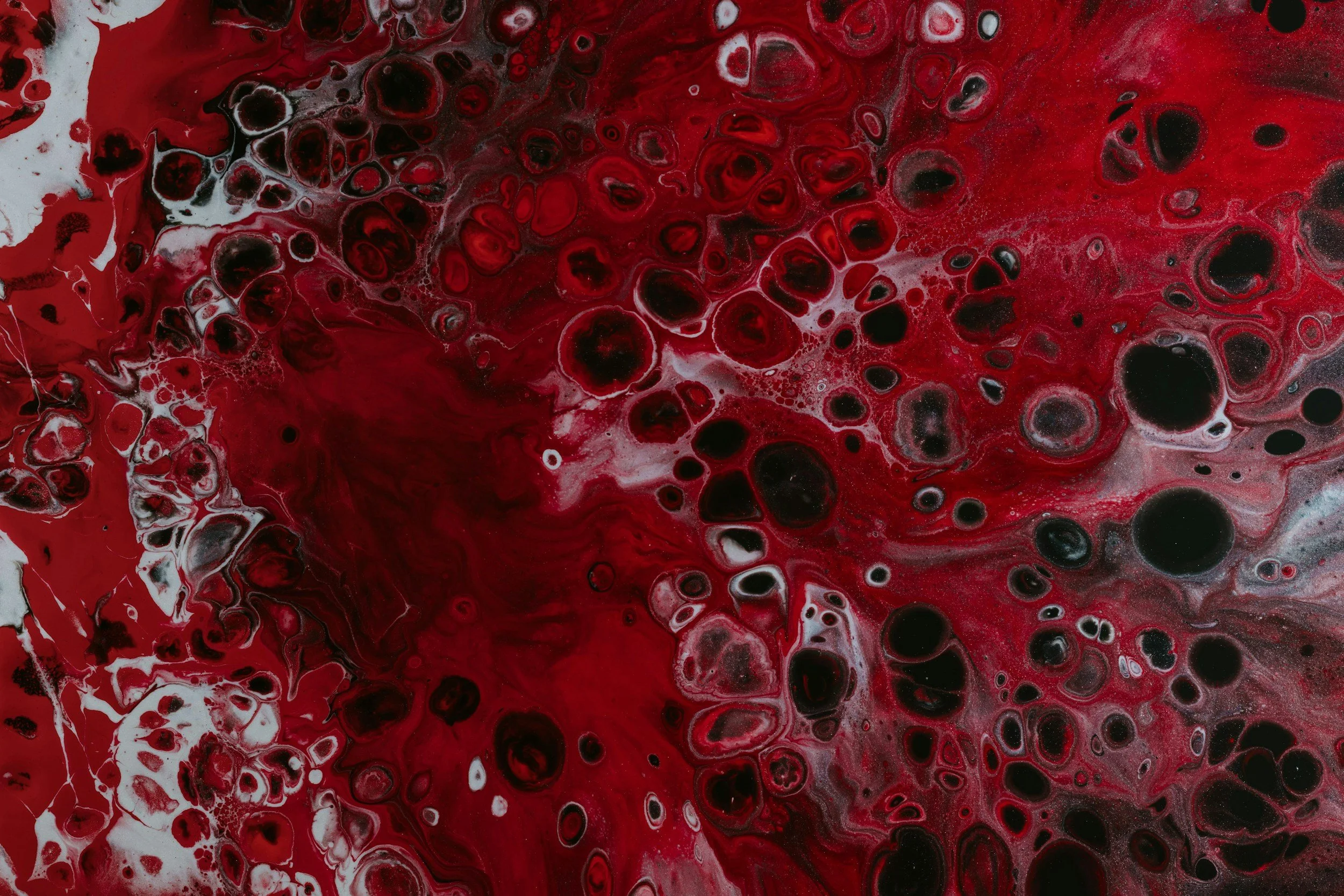
Sickle cell disease is more than just a blood disorder—it's a lifelong battle that starts in the genes.
Instead of smooth, round red blood cells that glide easily through your bloodstream, people with sickle cell have red blood cells shaped like crescents—or sickles. These oddly shaped cells are stiff, sticky, and don’t flow well through tiny blood vessels. They can cause blockages that stop oxygen from getting to parts of the body, leading to serious complications.These can include pain, organ damage, infections, and other serious health problems.
THE cause
Sickle cell disease (SCD) is caused by a change in hemoglobin—the protein in red blood cells responsible for carrying oxygen throughout the body. In SCD, the body produces an abnormal type called hemoglobin S. When red blood cells containing hemoglobin S travel through tiny blood vessels (capillaries), some of them become stiff and sticky, forming rigid strands. These strands can clump together and block the capillaries, preventing oxygen from reaching various parts of the body.
While healthy red blood cells live about 120 days, sickled ones die off in just 16. That means the body is constantly short on red blood cells—and oxygen.
WHAT IS SICKLE CELL TRAIT (SCT ) ?
Sickle cell trait (AS) is not the same as sickle cell disease. People with the trait carry one sickle gene and one normal gene. They usually don’t have symptoms and often don’t know they carry it.
Sickle cell conditions are inherited from one’s parents in a manner similar to other genetic traits, such as blood type, hair color and texture, and eye color. The specific types of hemoglobin produced in a person’s red blood cells are determined by the hemoglobin genes passed down from each parent. Just like most other genes in the human body, hemoglobin genes are inherited in pairs—one gene from the mother and one from the father. The combination of these genes influences whether a person has normal hemoglobin, carries the sickle cell trait, or has sickle cell disease.
How Do You Know If You Have It?
A simple blood test called hemoglobin electrophoresis can tell you your hemoglobin type — whether you have sickle cell trait, disease, or another variant like C, D, or E.
Doctors may also run a complete blood count (CBC) to check the size and health of your red blood cells.
Current Problems
Families and communities continue to face challenges that affect health, relationships, and awareness
Lack of a Nationwide Genotype Policy
Without clear national guidelines, many people don’t have consistent access to genotype testing and education.
Misdiagnosis and Stigma
Errors in diagnosis and the negative attitudes that follow can cause confusion, shame, and limited support for those affected.
Cultural Silence on Marriage & Genotype Compatibility
Important conversations about genotype and marriage are often avoided, leading to uninformed decisions and preventable risks.





